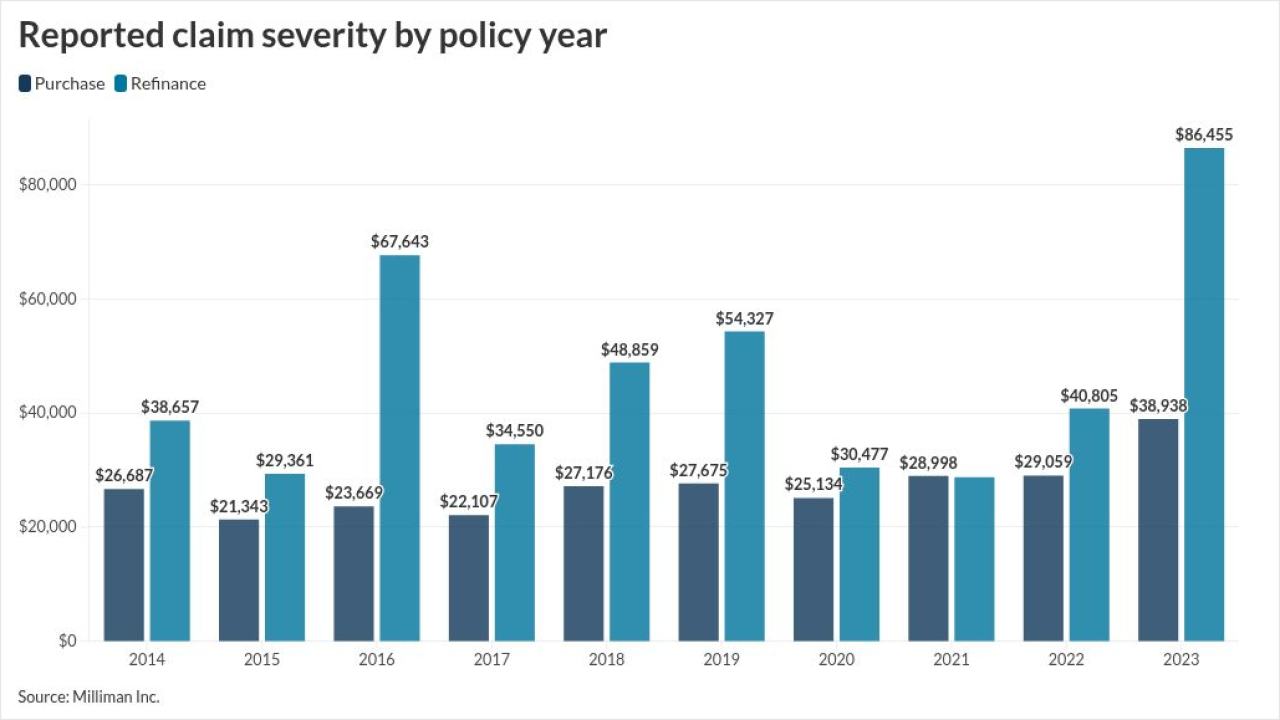In
“What IT decision makers need to realize is that consumers are changing at a faster pace than the insurance industry is,” said Harris-Ferrante. She said changes in technology, consumer behavior and social media usage are accelerating the perception that insurance is a lagging industry, and the industry needs to make efforts to change, and quickly.
“That consumer is the future employee, the future agent, the future policy holder as well as the future regulatory body,” Harris-Ferrante said. “Insurers need to get more in line with understanding consumer behavioral attitudes and technology.”
Celent’s Fitzgerald addressed this as well. “We are an analog industry in a digital world,” he said. “The new pressure is consumerization, and what we’ve seen in the past 18 to 24 months. I think back to 1999, 2000 and 2001, when ecommerce and the Web really [emerged], and now we are going through another cycle of change like that. For our industry, it’s going to be relentless.”
To illustrate the point, Josefowicz told of Vivek Kundra, CIO of the United States and keynote presenter at ACORD LOMA. At a dinner the previous night, Kundra told the gathered execs that he, a highly educated and affluent person, recently married and with a young child, didn’t have life insurance. Kundra then asked an insurance industry CIO for the Web address of the industry’s equivalent of KAYAK, the online travel broker that presents competitive offerings. There is currently no such thing, Josefowicz said.
You could see Kundra add life insurance to the “list of things to do never,” Josefowicz said, because Kundra, like many people, hates the current buying process, which requires too much time, effort, intermediaries and research.
And while the trend is toward technology-enabled self-service, agents and other intermediaries, especially in commercial property/casualty, cannot and will not be displaced immediately, as were travel agents and bookstores.
Intermediaries are not going to be the biggest losers if they transform their business model, Harris-Ferrante said. “Part of what we say is that the intermediary and the consumer, [should be] matched with lifestyle, life events and demographics, so that they have more in common and the intermediaries perform as in a service culture. And today, insurance companies are just now trying to figure out how to transition.”
But young people are not the only ones adopting social media, tables, smartphones and other technologies.
“It’s not just that we are getting ready for the teenagers to reach the insurance-buying age. The existing customers are also changing,” Harris-Ferrante said. ”We stand behind these blanket generalizations: ‘it’s the young ones, they are so different.’ It’s all generations and all populations.”
Because the adoption of these technologies has been so pervasive in other industries, the expectations for the insurance industry have never been higher, Josefowicz said. Further, those technologies are training consumers to complain publicly. Rather than wait to speak with agents who don’t have the authority to fix problems, they tweet publicly and are rewarded with a call from the vice president of customer service, raising the bar for all service.
Getting to that state with outdated architecture is and will be difficult, Fitzgerald said, and technology is a critical factor in meeting increased demands with fewer resources. He also noted that while the insurance "pie" is not getting smaller, it also is not growing, and therefore customer retention is of particular importance and will require transition, pain and expense.
The processes currently driving the insurance industry, Josefowicz said, are structured as a result of the technology of the time of the industry’s creation, which was paper.
Building the business case for systems modernization is difficult, and one of the reasons that insurers are squeezing the life out of legacy systems; the payback for modernization is unclear, Harris-Ferrante said, referencing a finding from the Gartner.
The analysts agreed that outsourcing of technology will also likely increase as a result of the aging IT workforce. However, that won’t likely be easy, as COBOL programmers are hard to find anywhere.
For IT service providers, this could present an opportunity for closer partnerships as well as underscores the need to revitalize core systems.
“Short of a crisis, legacy systems will be here a long time,” Harris-Ferrante said. “Legacy is a moving target.”
But Josefowicz underscored the hazard of doing nothing, adding that business knowledge is not well documented, frequently handed down on an apprentice system, and that the IT culture tends toward “knowledge hoarders. Companies need to change the culture to be more open and collaborative,” he said.
At the same time, insurance products themselves are changing, Fitzgerald said, noting Telematics, RFID and real-time data will drive the industry to pricing and managing risk in real time, rather than what it does now, which is dealing with the law of large numbers.
The convergence of those technologies could eventually lead to underwriting based on one question, Josefowicz said: What’s your social security number? “Customers hate the products and the shopping process,” he said, and they must change.





